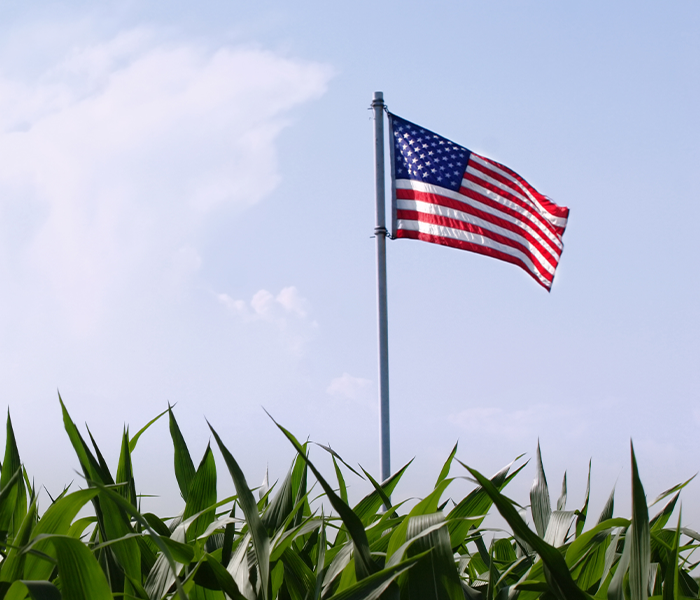Weaning is a stressful event.
Weaning is a stressful event and combined with low intakes and not meeting nutritional needs, this can lead to health issues and lower performance. The return on investment in a good starter program is selling a higher percentage of your calf crop. Here are 4 simple components to a starter program.
1. First, calves need to eat.
For the first five to seven days of weaning calves, target calves to consume a total diet equaling 2.5- 3% of their bodyweight. The diet can be a complete feed or find a supplement to complement your forages that is palatable. The supplement should contain a higher concentration of nutrients to meet the stress calf’s needs. When calves come to the feed bunk for the first time they need to find a palatable feed which makes them want to come back for more. Ideal forages to use in a starter program is palatable, soft grass hay or stockpiled pasture to feed with a starter supplement.
2. Evaluate bunk space, management.
Each calf needs about a foot of bunk space so all calves can be at the feed bunk at the same time. Don’t underestimate the importance of managing your feed bunk and paying close attention to calf behavior at feed delivery. The way calves behave at the bunk can tell you a great deal. If calves rush the bunk when feed is delivered, they are likely being underfed. If they don’t seem interested at feed delivery, they may be overfed or sick. If some calves are standing away from the feed bunk or are fighting to gain access to feed, you might not have enough bunk space.
3. Make feed placement a priority.
With a little bit of strategy, you can ensure your calves bump into food at every turn so they find feed easily and start consuming. Placing bunks and tubs in the center of a pen can make it more challenging for calves to find them. Bunks or self-feeders should be placed perpendicular to the fence line so when calves are rounding the pen trying to determine how to get out, they will bump into their feed. Similarly, we recommend placing stress tubs along the pen perimeter so they encounter them as they are circulating and begin licking the tub. Licking causes salivation, which encourages further consumption of the diet.
4. Consider water sources, cleanliness.
Cleanliness is also paramount to water consumption. All water sources should be checked at least daily for cleanliness and to make sure the source has adequate flow. Like feed bunk placement, water tanks or tubs should be placed along the fenceline so calves will quickly find them and start drinking.
Contact a nutritionist using the form below if you have questions on how to make your weaning program successful.
Amy Radunz, Ph.D.
Purina Beef Cattle Technical Consultant




